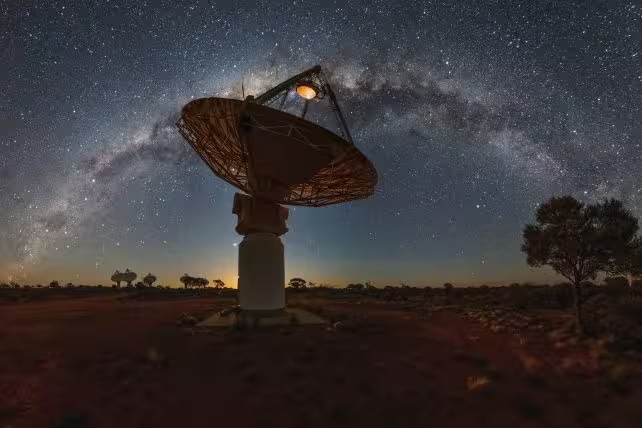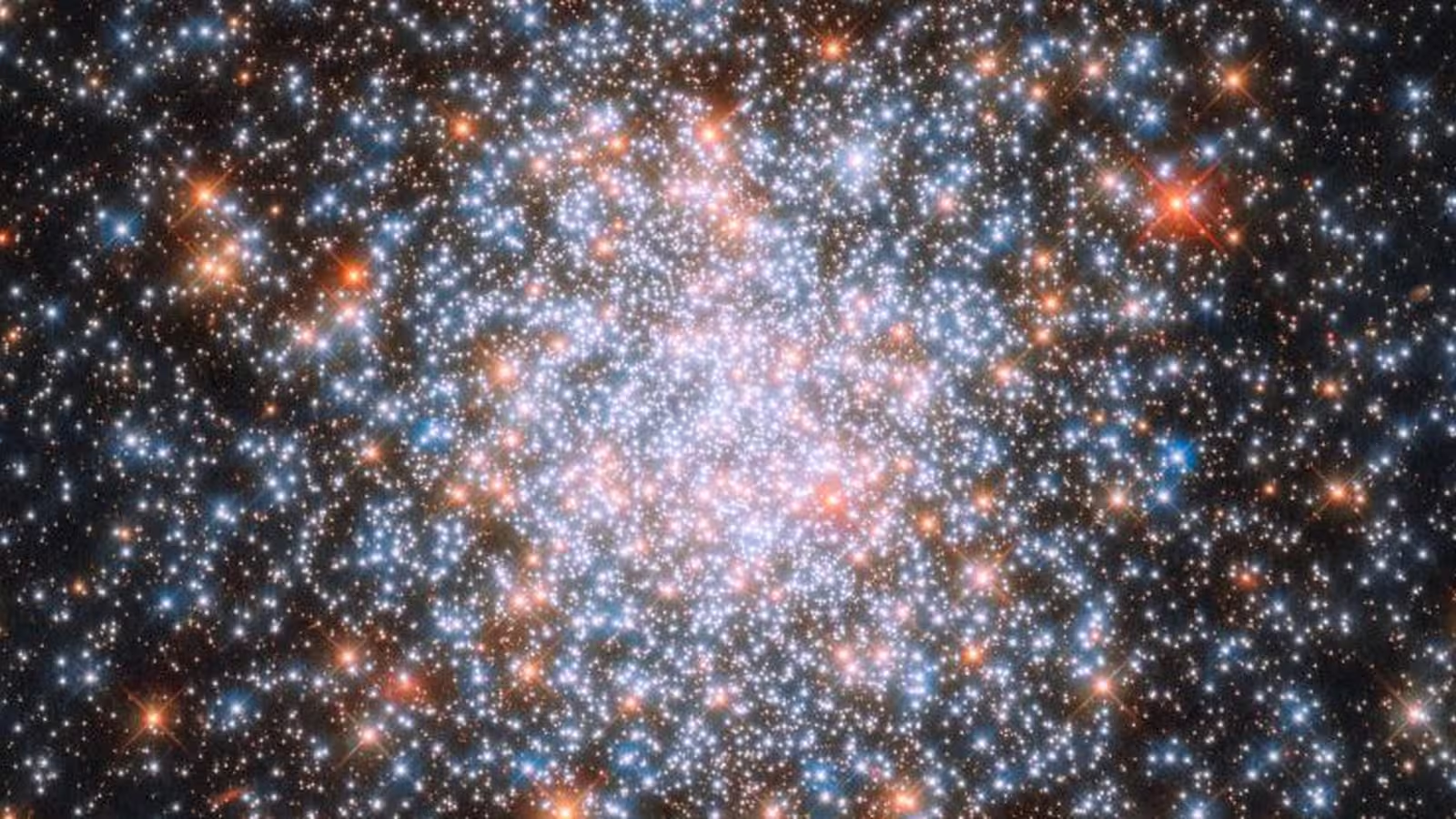4 Minutes
Exploring the Earliest Epochs: Tracing the First Stars Through Ancient Radio Signals
For decades, astronomers have sought direct evidence of the Universe’s very first stars—ancient beacons that ignited the cosmic darkness hundreds of millions of years after the Big Bang. While these primordial stars have remained out of observational reach, an exceptionally faint radio signal, dating back some 100 million years after the Universe’s birth, may finally provide vital clues about their existence and composition.
The 21-Centimeter Hydrogen Signal: A Window Into the Cosmic Past
One of the most promising tools for studying the early Universe is the cosmological 21-centimeter line, a specific radio-frequency emission released by neutral hydrogen atoms. This hydrogen filled the vast, starless cosmos shortly after the Big Bang. Subtle changes in this signal—caused by interactions with the earliest stars—could embed key information about these stars’ properties, including their masses and lifespans.
Current astrophysical theories suggest that the first stars, sometimes referred to as Population III stars, formed from vast clouds of pristine hydrogen and helium in a Universe still shrouded in darkness. According to Dr. Anastasia Fialkov of the University of Cambridge’s Kavli Institute for Cosmology, "This is a unique opportunity to learn how the Universe’s first light emerged from the darkness. The transition from a cold, dark Universe to one filled with stars is a story we’re only beginning to understand."
Why Have the First Stars Eluded Astronomers?
Despite intensive searches, astronomers have yet to directly observe any star from the very first generation. One major reason is the predicted characteristics of these primordial stars. Many astrophysicists believe the first stars were extraordinarily massive—potentially thousands of times heavier than our Sun—and burned incredibly brightly but briefly, fading almost as quickly as they appeared. Because of their short lifespans and the vast distances involved, any direct traces of these objects have likely long since vanished.
However, these cosmic giants may have left detectable imprints in their environment. Specifically, as these early stars formed, lived, and died, they altered the characteristics of surrounding hydrogen gas. This, in turn, affected the 21-centimeter signal, imprinting valuable information that could be detected by today’s and tomorrow’s radio telescopes.

Radio Telescopes Poised for Discovery: SKA and REACH
To uncover these cosmic signatures, astronomers are turning to state-of-the-art radio telescope arrays, such as the Square Kilometer Array (SKA), being built across Australia and South Africa, and the Radio Experiment for the Analysis of Cosmic Hydrogen (REACH) in South Africa. These cutting-edge facilities offer the sensitivity required to detect the faint 21-centimeter signals emitted billions of years ago.
Recently, a collaborative research team led by astrophysicist Thomas Gessey-Jones at Cambridge University modeled how the very first stars would shape the cosmological 21-centimeter signal. Their simulations demonstrated that these stars exerted detectable influences on the signal—effects that could serve as cosmic fingerprints once real observational data arrives. The models even account for the dramatic impact of X-ray emissions produced when massive stars end their lives as neutron stars or black holes, an aspect often overlooked in earlier studies.
Dr. Fialkov elaborates, "We are the first group to consistently model the dependence of the 21-centimeter signal on the masses of the first stars, including impacts from ultraviolet radiation and X-rays from early stellar remnants. These insights are derived from simulations that reflect the primordial conditions of the Universe, such as its original hydrogen-helium mixture."
The Role of Massive Star Deaths and X-ray Radiation
When massive first-generation stars reached the end of their lives, their cores collapsed to form some of the most extreme objects known—neutron stars and black holes. These remnants emit intense X-ray radiation, which can ionize the surrounding hydrogen and significantly alter the 21-centimeter radio emission. The new research highlights the importance of including this process to accurately interpret observations from next-generation telescopes.
As Cambridge astronomer Dr. Eloy de Lera Acedo notes, "Our predictions have major implications for our understanding of the very first stars in the Universe. We can now show that radio telescopes can reveal important details about these early stars’ masses and how they might differ from modern stars."
Conclusion
The detection and analysis of the faint 21-centimeter hydrogen signal represent a transformative step in observational cosmology. By combining advanced theoretical models with the unprecedented sensitivity of new radio observatories like SKA and REACH, astronomers are now closer than ever to uncovering the secrets of the Universe’s first stars. Such discoveries will not only illuminate our understanding of stellar evolution but also provide essential context for the earliest epochs of cosmic history—offering a glimpse into the moment when the cosmos first lit up with starlight.
Source: doi



Comments